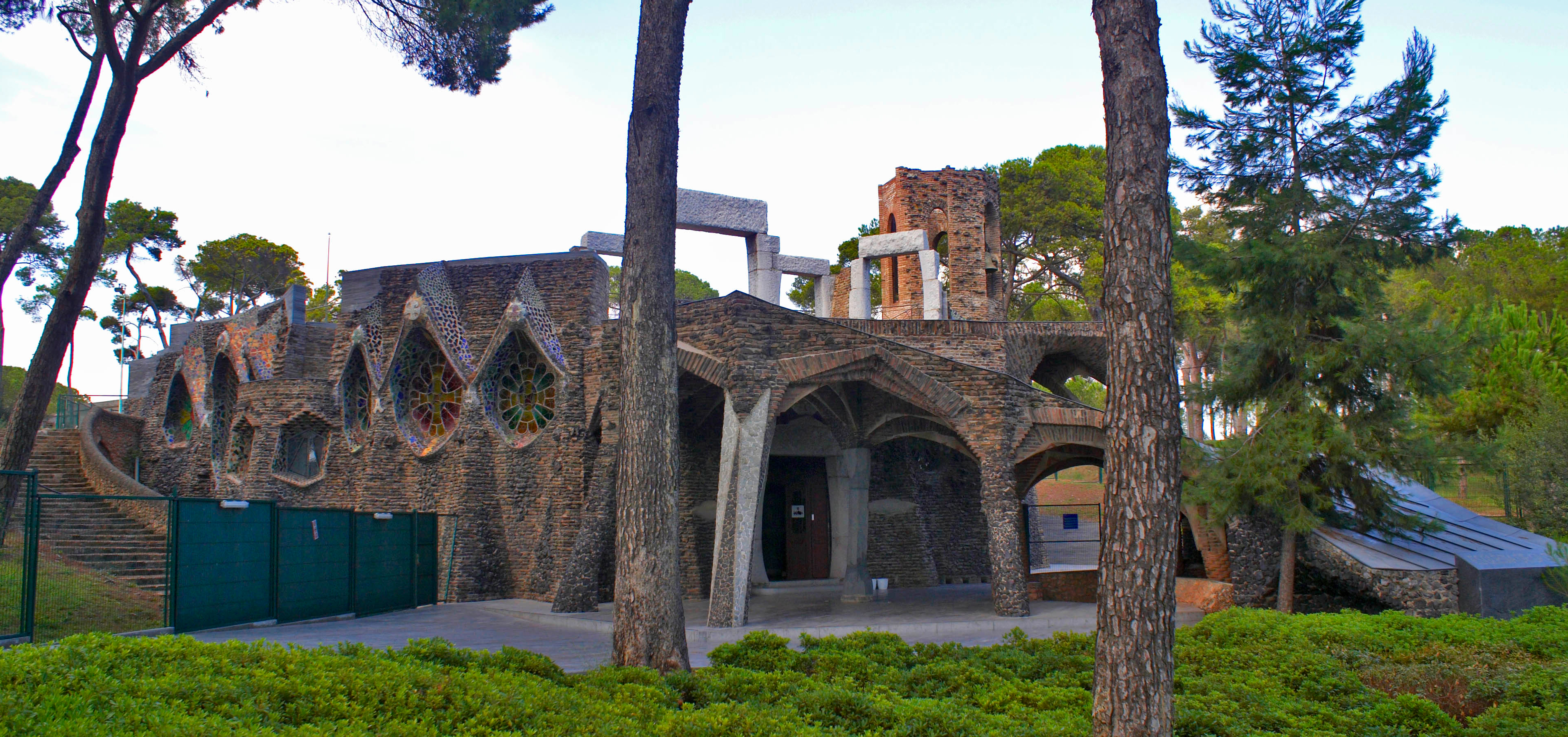Parametric Design
Parametric Design: A Definition
Scholars have been working on a definition of Parametric Design for a number of decades and there is no common agreement about what it actually is. Parametric Design can be visualised in 3D with attributes supplying all the dimensions, tolerances and dedicated materials.
According to Andrew Sears, Professor and Dean of the College of Information Sciences and Technology (IST) at The Pennsylvania State University, Parametric Design is:
- “a process based on algorithmic thinking that enables the expression of parametrics and rules that together, define, enlist and clarify the relationship between design intent and design responses” (Sears 2007).
The Chilean-based team of Chido Studio states that Parametric Design is:
“An abstraction of an idea or concept related to geometric and mathematical processes which permit us to manipulate with greater liberty the precision of our designs to arrive at the most optimal result.” (de la Para and Camiro, 2011)
Not Such a New Idea
When we think of Antonio Gaudì, we immediately associate his name with his iconic architectural wonders la Pedrera or la Sagrada Família. However, there is a lesser-known architectural masterpiece in the town of Santa Coloma de Cervelló, namely la Cripta de La Colònia Güell (title image).
Commissioned in 1898 as the Church of the company town of industrialist and long-time friend of Gaudì’s, the 1st Count de Güell, it was the first ever form produced by using Parametric Design.
Analogue Parametric Design
For the design of la Cripta, for instance, Gaudì created a large-scale model (with a ratio 1:10) of 4 m (13.12 ft) high (below). The assembly of bags and strings demonstrated the main axes and key points of the building sustained by its shape and not by the strength of its foundations. Layering the model with the floor on a wooden board, he constructed the floor; moving towards the columns and the naves and then towards the ceiling. Gaudì took photos of each step to document progress (Crippa, 2003).
The inverted model allowed Gaudì to verify a complex interdependencies obtained from geometry by trial and error. Once the loads were distributed and an equilibrium was found, the geometric shape could be divided on the horizontal plane from which the whole model hangs.

A repulica model of the one used by Gaudí to design la Cripta de la Colonia Güell in Sagrada Família, Barcelona, Spain
Modern Parametric Design
French-mathematician Alexander Guothendieck derived the models for Parametric Design long after Gaudì, but Parametric Design as we know it was born in the 1960’s by Dr Ivan Sutherland. In his 1963 thesis at the Massachusetts Institute of Technology (MIT), Sutherland developed Sketchpad: the grandfather of computer-aided design (CAD) and human-computer interaction (HCI) with it’s revolutionary graphical user interface (GUI) (Sutherland, 1963).
In recent years, marrying Building Information Modelling (BIM) and Parametric Design has become more and more prevalent. The synergy in using the two enables “quick, interactive and real-time design changes” (Wei, 2014). The advanced formulae and algorithmic parametric grounded in research and design thinking of Parametric Design, coupled with BIM – which introduces user-specific parameters – creates a tool for Superstar Designers!
Olympic Sports Center, Hangzhou, China was designed by the international renowned architectural firm NBBJ in cooperation with CCDI on Rhinoceros and Grasshopper with the results visualised into BIM on Autodesk’s Revit (Wei 2014) .
Autodesk’s 3DS Max, Maya and Revit, Dynamo; Rhinoceros 3D and third-party plugins such as Grasshopper can all run on Cloudalize’s platform.
Parametric Design on the Cloud
Itek Corporation’s Electronic Drafting Machine was one of the first CAD systems available at an equivalent cost of USD 4.2 million (EUR 3.7 million) per seat in 2019 (Peddie, 2013). Fortunately, to advance your digital transformation efforts, it doesn’t cost even 1/1000th of that with Cloudalize.
Cloudalize’s Cloud Platform desktops provide all the processing power and more to run your parametric design tools smoothly and efficiently. Cloudalize’s proprietary technology runs on graphical-processing units (GPU) which provide over 1,000 times the speed and power than a CPU.
What’s more your projects are always safe and secure on Cloudalize’s Level-3 secured data centres. With Cloudalize, you have 24/7 access to them when and from wherever you, your team or your contractors need it.
Be your own Gaudì!
Parametric Design techniques helped Gaudì realise the impossible: optimise the design by adjusting the structural tolerance and different forms. Will you do the same on Cloudalize: working from home, from the office or on-site with clients?
References
Images
Pestaña, F. 2007 Gaudí – Cripta Güell 00, photograph, viewed 18 August 2019, <https://www.flickr.com/photos/ferranp/1205858857>
Enkling, L. 2010 Hanging model for Colonia Guell, photograph, viewed 18 August 2019, <https://www.flickr.com/photos/33037982@N04/5232195836>.
Texts
de la Para, L. and Camiro, D. (2011). DISEÑO PARAMÉTRICO implementación y aplicaciones. 1st ed. [ebook] Santiago, Chile: Chido Studio. Available at: https://issuu.com/chidostudiodiseno/docs/ch_dp [Accessed 15 Aug. 2019]
Crippa, M. A. (2003). Antoni Gaud, 1852-1926: From Nature to Architecture. (1st ed.). Cologne, Germany: Taschen.
Peddie, J., 2013. The History of Visual Magic in Computers: How Beautiful Images are Made in CAD, 3D, VR and AR. 1st ed. Berlin, Germany: Springer Science & Business Media
Sears, A & Jacko, J (2007). The Human-Computer Interaction Handbook: Fundamentals, Evolving Technologies and Emerging Applications, Second Edition. (2nd ed.). Boca Raton, Florida, United States: CRC Press.
Sutherland, I. (1963). SketchPad: A man-machine graphical communication
system. Available at: https://dspace.mit.edu/handle/1721.1/14979 [Accessed 18 August 2019]
Tarragó, S. (1958). Salvador Tarragó : miscel·lània. [Online]. Barcelona, Spain: Universitat Politècnica de Catalunya. Available at: https://books.google.be/books?id=Qd3OBAAAQBAJ&printsec=frontcover#v=onepage&q&f=false [Accessed 15 August 2019]
Wei, Y. (2014) “Parametric BIM SIM: Integrating Parametric Modeling, BIM, and Simulation for Architectural Design” in Kensek, K. and Noble, D., 2014. Building Information Modeling: BIM in Current and Future Practice. 1st ed. Hoboken, New Jersey, United States: John Wiley & Sons.
Translations
When required from Spanish into English: M. Mc Cormack
Author: Koenraad Willems
Editer’s Note: Originally Published in September 2019; updated on 12 January 2021.

